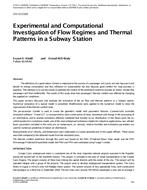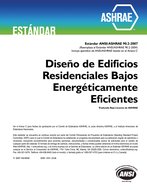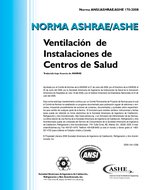Description
The definition of a good indoor climate is important to the success of a passenger rail coach, not only because it will decide its energy consumption and thus influence its sustainability but also because good comfort for long journeys is essential. The intention is to use the results to optimize the control of the ventilation system to provide an indoor climate that passengers will find comfortable. The results of this study show how passengers’ thermal comfort was affected by changingthe supplied air conditions.
This paper primary discusses and analyzes the simulation of the air flow and thermal patterns in a Subway station. Numerical simulation of a typical model is presented. Modifications were applied to the numerical model to show the improvement of the thermal comfort level. The pre-processor Gambit is used to create the geometric model with parametric features. Commercially available simulation software "Fluent 6.3" is incorporated to solve conservation of mass, momentum and energy in the processing of air distribution, and to analyze turbulence affection combined heat transfer on air distribution. In this thesis work, the socalled standard k-E turbulence model, one of the most widespread turbulence models for industrial applications, was utilized. Basic parameters included in this work are air temperature, air velocity, relative humidity and turbulence parameters are used for numerical prediction of indoor air distribution. Measurements of air velocity, and temperature were undertaken in a plane perpindicular to the supply diffuser. These values were then compared to the obtained results from the simulated cases. The thermal comfort prediction through this work was based on the PMV (Predicted Mean Vote) model and the PPD(Percentage Predicted Dissatisfied) model, the PMV and PPD were estimated using Fanger’s model.
Product Details
- Published:
- 2012
- Number of Pages:
- 8
- File Size:
- 1 file , 560 KB
- Product Code(s):
- D-CH-12-C025
- Note:
- This product is unavailable in Russia, Belarus




